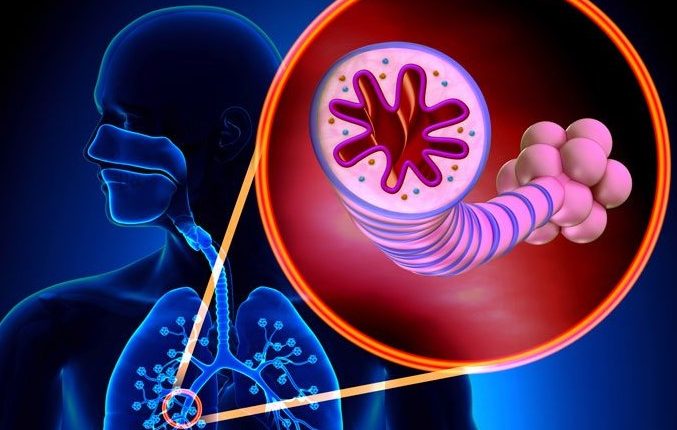
Chronic obstructive pulmonary disease (COPD): what it is and how to manage it
Chronic obstructive pulmonary disease (COPD) is a chronic disease characterized by shortness of breath, cough and sputum production
While symptoms of the disease do not usually appear in people younger than age 55 years, changes to the lung begin many years earlier.
COPD is an umbrella term for a number of diseases which include chronic bronchitis and emphysema
COPD progresses slowly over a period of years. Increasing disease severity is associated with more frequent exacerbations, further reductions in airflow and premature death.
As the disease advances, shortness of breath limits the activity levels of individuals and reduces their quality of life.
Chronic obstructive pulmonary disease (COPD): risk factors
Several modifiable risk factors contribute to chronic obstructive pulmonary disease.
In 80% to 90% of COPD cases, cigarette smoking is the principal underlying cause.
The contribution of primary smoking is very clearly established, and exposure to second-hand smoke likely also plays an important, although less well defined, role. Another important risk factor is occupational exposure to dusts (e.g., coal dust, grain dust) and some fumes.
Exposure to non-specific dust is likely to add to the effect of smoking. Outdoor air pollution is associated with increased symptoms among those with Chronic obstructive pulmonary disease, including shortness of breath.
Repeated childhood respiratory tract infections and childhood exposure to second-hand smoke lead to reduced levels of respiratory function, which may predispose a person to COPD.
A genetic deficiency of alpha-1-antitrypsin, an anti-protease which protects the lung tissue from damage, is also associated with an increased risk of COPD.
Read Also:
Emergency Live Even More…Live: Download The New Free App Of Your Newspaper For IOS And Android
Pneumothorax And Pneumomediastinum: Rescuing The Patient With Pulmonary Barotrauma
ECMO: How It Works And Its Usefulness Explained To The Citizen
Pulmonary Interstitial Disease: How To Recognise It And What Treatment Options Are Available



